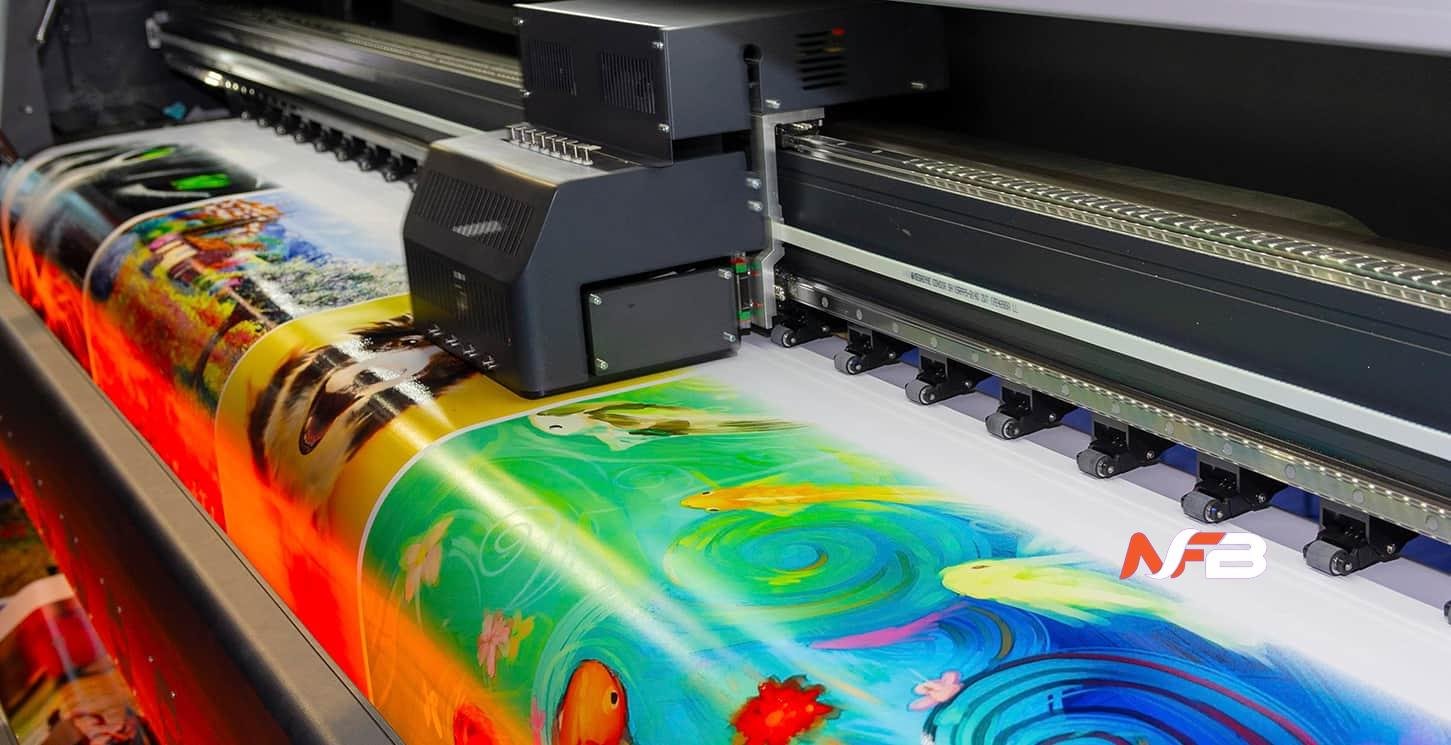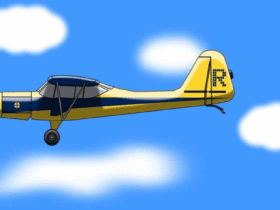In a world increasingly driven by digital media, the timeless appeal of printed materials remains strong. Among these, posters continue to hold a special place. Whether used for advertising events, decorating spaces, or simply showcasing artwork, posters offer a versatile medium for communication. This guide will explore everything you need to know about poster printing, from the basics to advanced techniques, ensuring you achieve the best results for your needs.
Understanding Poster Printing
Poster printing involves transferring a design onto a large sheet of paper or other material to create a visually impactful display. The process can range from simple digital prints to more intricate and customized options. Here’s a breakdown of the essentials:
Choosing the Right Material
The choice of material can significantly impact the final look and durability of your poster. Common options include:
Paper: Standard posters are typically printed on glossy or matte paper. Glossy paper provides a shiny finish that enhances colors and images, while matte paper offers a more subdued, non-reflective surface.
Vinyl: For outdoor use or durability, vinyl posters are ideal. They are resistant to weather conditions and can be easily wiped clean.
Canvas: For a more artistic feel, canvas prints offer a texture and depth that paper cannot. They are perfect for decorative posters and can be stretched over frames for a gallery-like appearance.
Selecting the Right Size
Posters come in various sizes, and choosing the right one depends on your purpose and placement:
Small Posters (11×17 inches): Ideal for flyers and event promotions.
Medium Posters (18×24 inches): Common for advertising and personal decoration.
Large Posters (24×36 inches or larger): Best for high-visibility applications like billboards and large-scale promotions.
Designing Your Poster
Effective poster design is crucial for capturing attention and conveying your message. Here are some tips:
Visual Hierarchy: Arrange your content so that the most important information stands out. Use larger fonts for headlines and smaller ones for details.
Color Scheme: Choose colors that complement each other and align with your brand or message. Ensure high contrast between text and background for readability.
Images and Graphics: Use high-resolution images to avoid pixelation. Graphics should be relevant and enhance the overall message.
Typography: Select fonts that are legible and appropriate for your poster’s tone. Avoid using too many different fonts to maintain a cohesive look.
Printing Techniques
Several printing techniques can be used to produce posters:
Digital Printing: This method is cost-effective for short runs and allows for quick turnaround times. It’s ideal for most posters.
Offset Printing: Used for larger quantities, offset printing provides high-quality results and is cost-efficient for bulk orders.
Screen Printing: Best for designs with limited colors, screen printing involves pushing ink through a screen. It’s commonly used for specialty posters.
UV Printing: This technique uses ultraviolet light to cure ink, making it ideal for printing on various surfaces, including non-paper materials.
Choosing a Printing Service
Selecting the right printing service is essential for achieving high-quality results. Consider the following factors:
Reputation and Reviews
Research printing companies to find one with a good reputation. Read customer reviews and ask for recommendations to ensure you’re choosing a reliable provider.
Capabilities and Equipment
Ensure the printer has the necessary equipment and capabilities to handle your specific needs. Check if they offer the materials, sizes, and printing techniques you require.
Pricing and Turnaround Time
Compare quotes from different printers to find a balance between cost and quality. Also, inquire about turnaround times to ensure your posters will be ready when you need them.
Proofing
Always request a proof before proceeding with the final print run. This allows you to check for any errors and ensure the colors and design are accurate.
Final Considerations
After your posters are printed, consider the following:
Post-Production Finishes
Lamination: Adds a protective layer to your poster, enhancing durability and giving it a professional look.
Mounting: For a more polished appearance, posters can be mounted on foam board or other materials.
Framing: Frames protect your poster and make it suitable for display in various settings.
Distribution and Placement
Think about where and how you will distribute or display your posters. Ensure they are placed in high-traffic areas where they will attract attention.
Conclusion
Poster printing is a powerful tool for visual communication, combining creativity with practical application. By understanding the materials, sizes, design principles, and printing techniques, you can create posters that effectively capture and convey your message. Whether for promotional purposes, personal decoration, or artistic expression, well-designed and well-printed posters continue to make a significant impact.











Leave a Reply